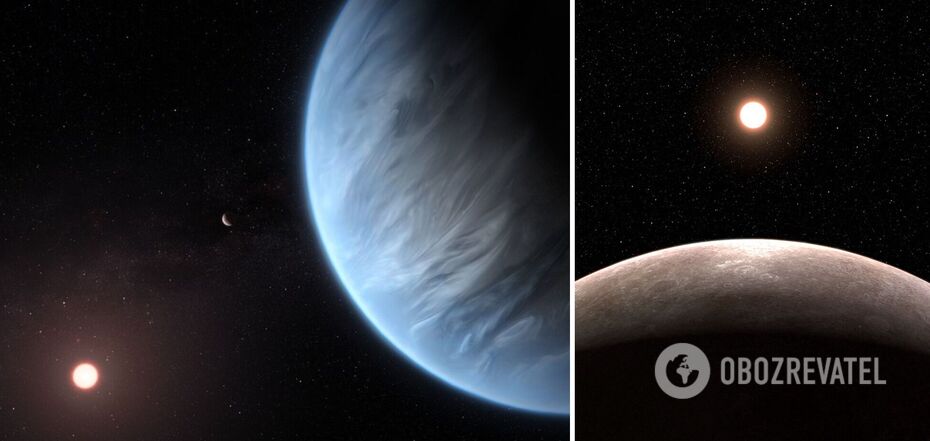News
Video of a 17-year journey of an exoplanet around its star published
Scientists have managed to make a fantastic time-lapse of how the distant exoplanet Beta Pictoris b orbits its star. Over 17 years of observations, scientists have managed to capture a 10-second time-lapse that shows how the planet covers about 75% of its orbit.
The video was created by astrophysicists from Northwestern University. Although it lasts only 10 seconds, as of 2023, it is the longest time-lapse of an exoplanet.
To create the video, real data was used to show how Beta Painter b orbits its star at an inclination. The footage was taken over 17 years of observations from 2003 to 2020 and shows about 75% of the exoplanet's orbit.
"We need another six years of data before we can see the entire orbit," said Northwestern University astrophysicist Jason Wang, who led the work.
The constellation Pictor, in which the exoplanet is located, is located at a distance of about 63 light-years from Earth.
The giant exoplanet orbits its star Beta Pictoris at a distance of about 10 times the Earth-Sun distance. The star itself is 1.75 times larger than our sun.
Scientists say that this is a very young star, only 20-26 million years old, and now it shines about 8.7 times brighter than our Sun.
It is this extraordinary brightness that allowed scientists to detect and photograph the exoplanet for the first time in history.
"It is extremely bright. That's why it's one of the first exoplanets ever discovered and directly photographed," Wang said.
To create the time-lapse, the scientists used their data, as well as data on the exoplanet obtained from the Gemini Observatory and the European Southern Observatory. Subsequently, an AI image processing technique called "motion interpolation" was also applied. The AI processing was needed to fill in the gaps in the data where the planet jumps and create a video that shows its continuous smooth orbit.
"If we had just merged the images, the video would have looked very jerky because we hadn't observed the system every day for 17 years," Wang said.
"The AI algorithm smoothed out these jerks and made the video look like the planet was observed every day.
The black circle and the star icon in the center of the image are intentionally superimposed to get rid of the glare from Beta Painter. But even such an "eclipse" of the star does not save scientists from the fact that the star illuminates the planet when it approaches. When a planet becomes "invisible," it is marked with a cross to make it clear where it is moving.
According to Wang, sometimes physics and various formulas can seem very abstract, and graphs are not always inspiring, so he believes that seeing a movie with your own eyes about what is happening in space is very exciting.
Subscribe to OBOZREVATEL's Telegram and Viber channels to keep up with the latest developments.



























